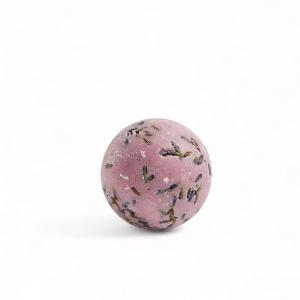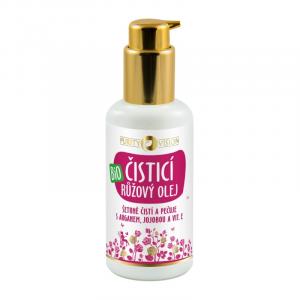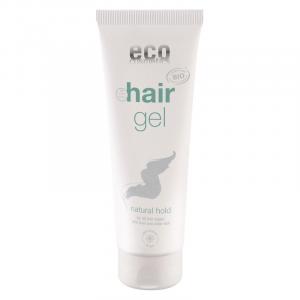
Why is it important to differentiate between different types of oils?

What is the Difference Between Comedogenic and Non-Comedogenic Oils and Why is it Important for Your Skin?
In the world of skincare, one of the most discussed topics is the selection of the right cosmetic products, especially oils, which have a significant impact on the state of our skin. If you've ever considered incorporating oils into your skincare routine, you've probably come across terms like comedogenic and non-comedogenic oils. These terms are crucial because they determine what effect a particular oil might have on your skin, especially if you struggle with acne or have a tendency to clogged pores.
What are Comedogenic Oils and How Do They Work?
Comedogenic oils have a tendency to clog pores, leading to acne, blackheads, and other imperfections. The term "comedogenic" comes from the word comedo, which is the technical term for a clogged pore. When sebaceous glands produce an excessive amount of oil (sebum), it can mix with dead skin cells and cause pores to become clogged. Adding a comedogenic oil to your skincare routine often exacerbates this process, which is why these oils are unsuitable for people with oily or acne-prone skin.
Some examples of comedogenic oils include:
- Coconut oil: This popular oil is known for its moisturizing properties, but for many people, it can cause clogged pores. It's favored for hair and body care, but on the face, it can be too heavy, especially for oilier skin types.
- Cocoa butter: Known for its nourishing properties, it's popular especially in the winter months, but similar to coconut oil, it can clog pores and lead to acne, especially when used on the face.
Comedogenic oils aren't necessarily bad for everyone – for people with dry skin, they can provide much-needed hydration, but for others, especially those with sensitive, oily, or acne-prone skin, their use is risky.
How Do Non-Comedogenic Oils Differ?
On the other hand, non-comedogenic oils are formulated to minimize the risk of clogging pores. They are lighter oils that are easily absorbed into the skin without leaving a heavy or greasy feeling. These oils are ideal for people with oily, combination, or sensitive skin as they provide nourishment and hydration without negatively affecting pore quality.
Some of the most popular non-comedogenic oils include:
Jojoba oil: One of the most recommended non-comedogenic oils. Jojoba oil is very similar to the natural sebum our skin produces. This means that it regulates sebum production and doesn't leave the skin too oily. It is a lightweight, quickly absorbable oil that provides sufficient hydration without burdening the skin.
- Argan oil: This oil, rich in vitamins and antioxidants, is a great choice for all skin types, including problematic ones. It not only hydrates but also improves skin elasticity and protects it from harmful environmental effects.
Try our natural products
Other examples of non-comedogenic oils include grapeseed oil, hemp seed oil, and sunflower oil. These oils are valued for their ability to meet the needs of sensitive and oily skin without causing pore-clogging issues.
How to Determine Which Oil is Right for You?
The choice between comedogenic and non-comedogenic oils mainly depends on your skin type and its individual needs. If you have oily or acne-prone skin, it's generally better to opt for non-comedogenic oils, which won't burden your skin and won't promote pimple formation.
On the other hand, if you have dry skin, you can afford to use more comedogenic oils, such as olive or avocado oil, which provide deep hydration and protection.
One of the key factors is monitoring your skin's reaction. Even if an oil is considered non-comedogenic, every skin reacts differently. Therefore, it's important to test the product on a small area of the skin before using it regularly. If you notice any irritation, redness, or increased pimple formation, try a different type of oil.
Comedogenic Ratings of Oils
There is a so-called comedogenic scale that rates various oils and ingredients on a scale from 0 to 5, where 0 means the substance doesn't clog pores at all, and 5 indicates a high likelihood of pore clogging. However, this system is not an absolute measure for everyone, as individual skin reactions may vary.
For example, coconut oil, which has a comedogenic rating of 4, may be an excellent moisturizer for some people with very dry skin, while for those with oily skin, it can be a nightmare.
Understanding the difference between comedogenic and non-comedogenic oils is crucial for anyone who wants to care for their skin consciously and effectively. Comedogenic oils can be suitable for people with dry skin, while non-comedogenic oils are a safer choice for all skin types, especially for those who suffer from acne or are prone to clogged pores.
If you want to incorporate oils into your daily care, pay attention to the composition and how your skin reacts to them. The key is to find a balance between hydration and maintaining healthy, clear skin.






